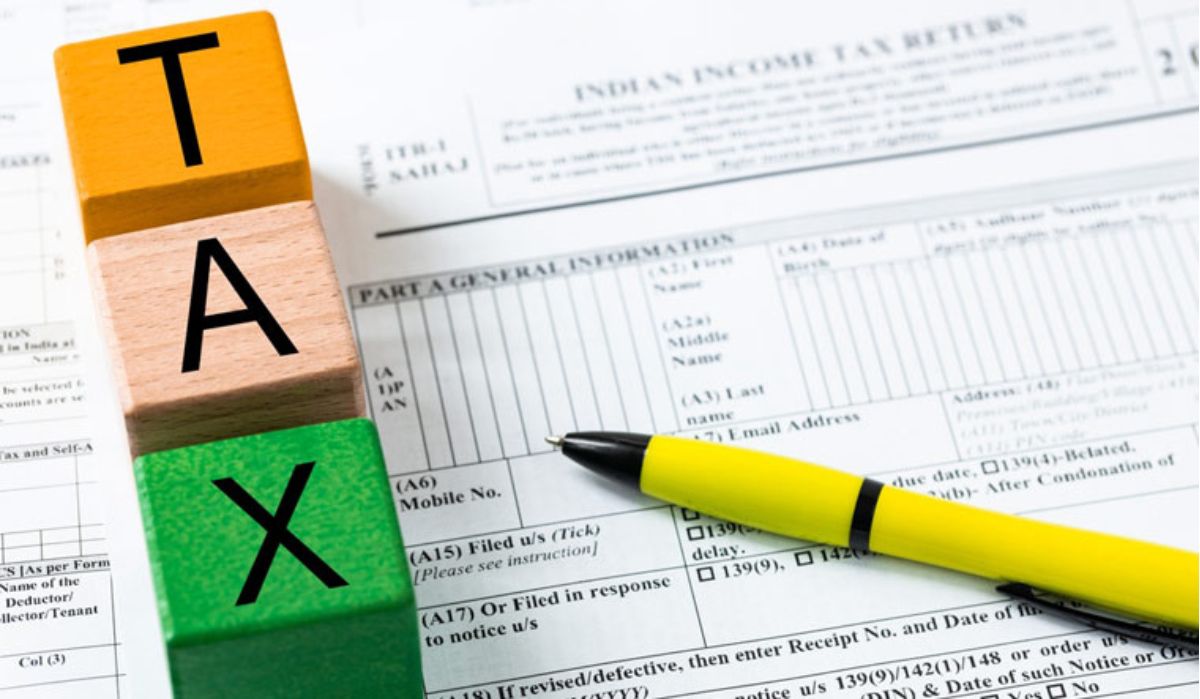Capital gains tax. And within it, the STCGT or short term capital gains tax and then long term. Different terms for different entities, different rates and even more complexities. Finally, will Modi 3.0 dare to bite the ‘capital gains tax’ bullet this time around?
The answer to this question could well be a question of lakhs of crores gained or lost on Indian stock markets on Budget day Tuesday.
ALSO READ: Union Budget 2024 Live: Expectations high among investors, taxpayers ahead of D-Day
Capital gains tax refers to tax imposed when you acquire capital on sale of assets like land, home, buildings, vehicles, stocks and securities. In fact, if you go by international definitions, sale of anything from a heavy machinery to patents, precious watch to jewellery and even an antique piece that accrues substantial profit can be treated as a capital gain, the tax limit set by individual governments.
In India, multiple governments have always preferred to tax capital gains at appropriately high rates – most middle-class households face this draconian sword when they do property transactions, though changing trends today indicate there may be more citizens hammered by the CGT who dabble in the stock market.
That indeed makes the matter headline grabbing. Presently, the 10 per cent tax on long-term capital gains tax re-introduced by then finance minister Arun Jaitley in Budget 2018 (it was originally present till 2004, when it was removed in the first UPA budget of then finance minister P. Chidambaram) remains the vexing point.
Though debt funds got a reprieve last financial year – they are now at slab rates and treated as short-term no matter what the holding duration is, equity funds still remain under the 10 per cent charge.
Beside what many believe is the unreasonable money demand inherent in it, experts have for long argued against it citing its complexity, with parameters changing depending on various factors like asset class, holding period, tax rates, and even the assessee’s residency status.
“There are different tax rates for long term capital gains (10 and 20 per cent) and short term capital gains (15 and 30 per cent) depending on the nature of the security. Further, indexation benefit is allowed only on certain securities which qualify as long term. This makes the CGT regime complicated for taxpayers,” said Sunil Badala, deputy head of tax, KPMG in India.
He added, “Currently period of holding to qualify as long-term capital asset for units of REITs, InviTs and debt oriented mutual fund is 36 months as against a period of 12 months for other listed securities such as equities, bonds and units of equity oriented mutual fund, while it is 24 months for unlisted equity. Reducing the period of holding to 12 months for all the above mentioned securities to quality as long term capital asset should help to achieve uniformity between financial instruments and reduce the complexity.”
While income tax slabs and capital gains are a constant murmur every budget eve, hopes this time hinges on the government’s post-poll sobering up and need to play up to the financial sector (Maharashtra, heart of Indian business and its stock markets, as well as Haryana, with Gurugram which is the local base for most multinationals not to forget financial consultancies, both go for state assembly polls in three months time). Experts believe streamlining, if not a raising of the minimium limits, could well be on the anvil. After all, which sarkar doesn’t mind the resounding applauding that a stock market rise right after budget announcement symbolises?



